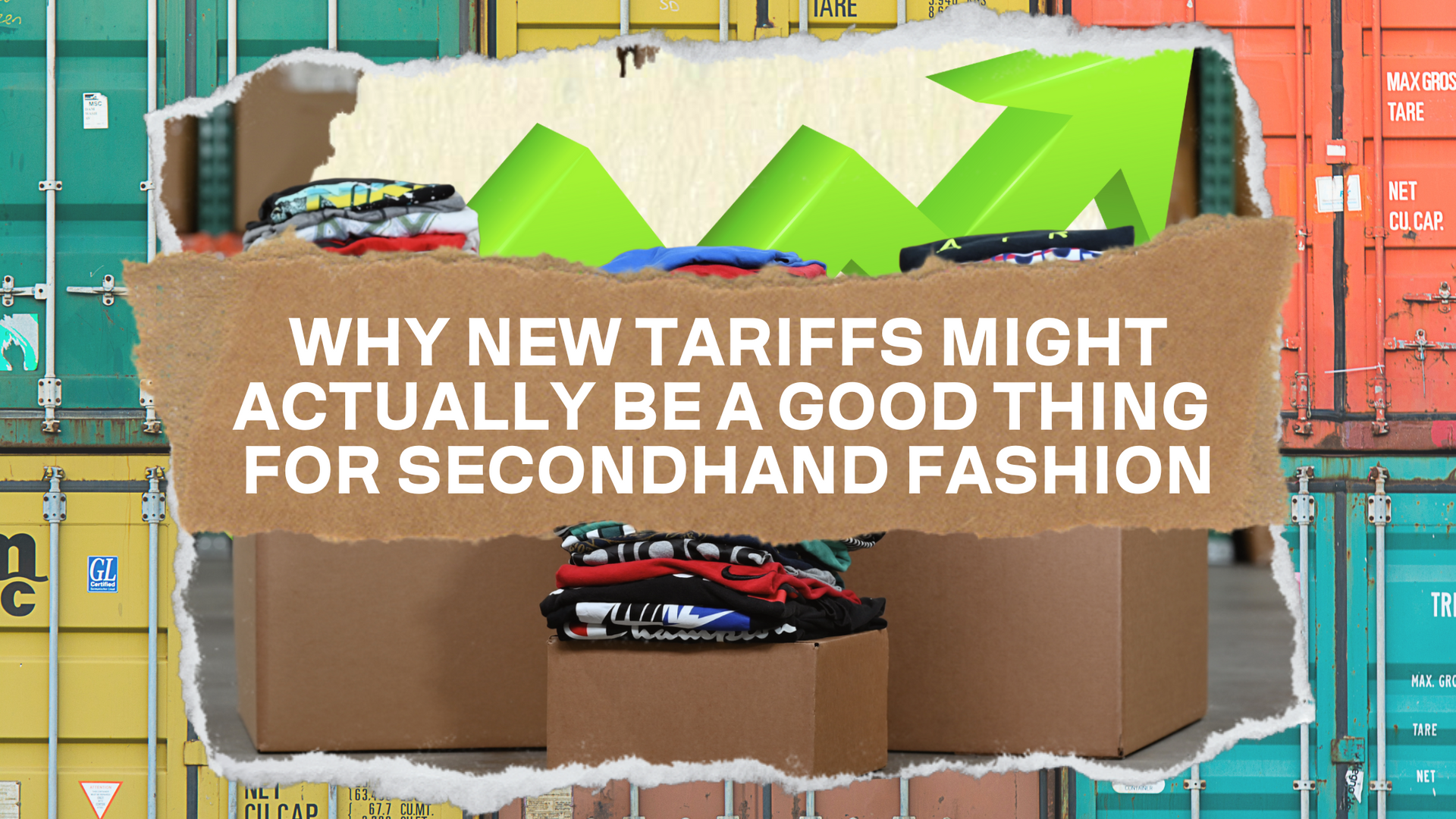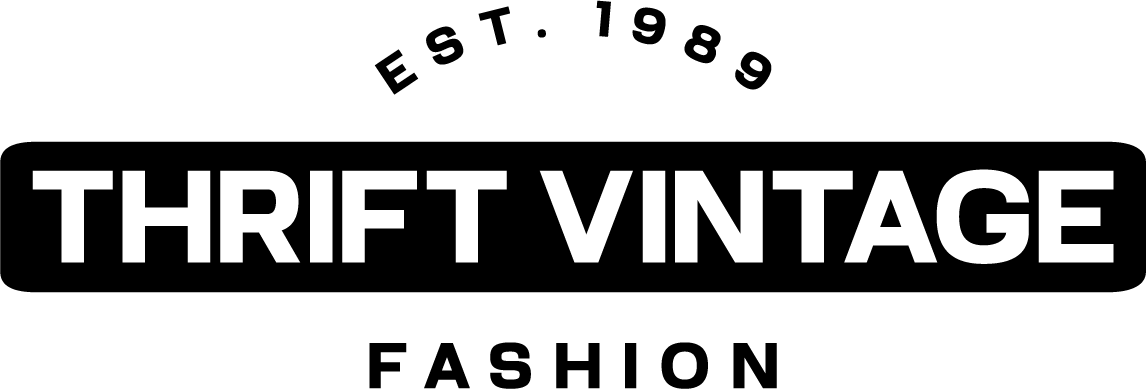
Why New Tariffs Might Actually Be a Good Thing for Secondhand Fashion
There's a big shift happening in the fashion world — and no, it's not just another micro-trend or viral hauls. The U.S. is introducing new tariffs that could impact how cheaply fast fashion floods into the country. And while that might sound like bad news for shoppers who are used to getting $3 tanks and $8 jeans overnight, there’s a silver lining — especially for those of us in the secondhand industry.
Here’s why this could actually be a really good thing... For secondhand.
The Real Cost of Cheap Clothes
Let’s be real: Fast fashion has never actually been cheap. Sure, the price tag might say $6.99, but behind that number is a global system of underpaid labor, harmful production practices, and clothes designed to fall apart after a few wears. It’s cheap for the consumer, but expensive for everyone else.
With new tariffs increasing the cost of importing fast fashion, we may finally be forced to reckon with its true cost. That $6.99 tee? It might become $12.99 — or more. And when that happens, people are going to start looking for alternatives that make more sense for their wallet and the planet.
Enter: Secondhand
Secondhand isn’t just an alternative — it’s the upgrade. You’re getting better quality, lower prices, and clothing with stories to tell. And now, with fast fashion potentially getting hit where it hurts — price — secondhand is finally positioned where it deserves to be: front and center.
Think about it. Why spend $15 on a cheaply made new dress when you can get a higher-quality one, still stylish, for half the price secondhand?
As the price gap between new and used clothes narrows, the value gap only grows.
A Win for Resellers, Reworkers, and Real Style
If you’re already in the secondhand game — whether you're reselling, reworking, or just curating your closet — this is your moment. The playing field is shifting in your favor. People will be seeking smarter options. Better investments. And your offering? Already there.
You’re not just selling used clothes. You’re offering a solution.
You’re showing the world that fashion can be sustainable, affordable, and full of personality — all at once.
What Happens Next?
We don’t know exactly how tariffs will shake out. But we do know this: If fast fashion becomes less accessible at throwaway prices, secondhand fashion stands to gain in a big way.
This isn’t just about economics. It’s about shifting habits, values, and what people expect from their clothes. It’s a chance for secondhand to step out of the “alternative” category and into the spotlight as the smartest, most sustainable option.
So whether you're running a shop, listing on Depop, sourcing vintage, or just thrifting for fun — the future’s looking good.
And it’s secondhand.
